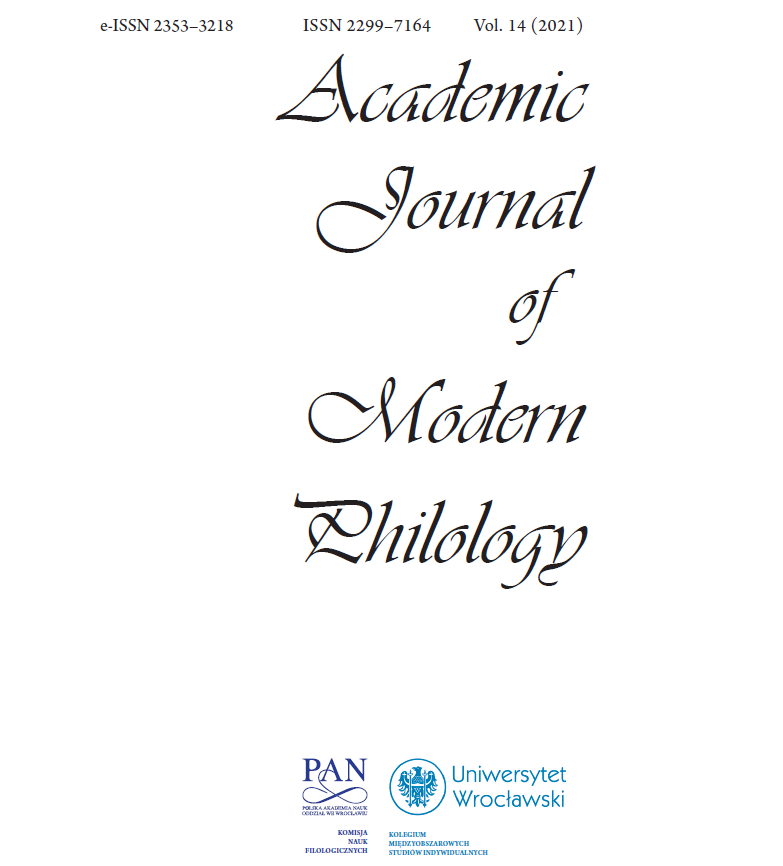The Influence of Bilingualism on the Production of Plosive Sounds in L1 (Arabic) and L2 (English): Acoustic Analysis of the Duration of Preceding and Following Vowels
The Influence of Bilingualism on the Production of Plosive Sounds in L1 (Arabic) and L2 (English): Acoustic Analysis of the Duration of Preceding and Following Vowels
Author(s): Somaya Abunima, Sharifah Raihan Syed Jaafar, Shahidi HamidSubject(s): Language studies, Language and Literature Studies, Phonetics / Phonology, Philology
Published by: Komisja Nauk Filologicznych Oddziału Polskiej Akademii Nauk we Wrocławiu
Keywords: acoustic analysis; language interference; plosives; bilingualism; pronunciation difficulties; preceding vowel; following vowel
Summary/Abstract: This paper used the plosives’ duration of preceding (DoPV) and following (DOFV) vowels to investigate the effect of bilingualism on the pronunciation difficulties for Arabic as an L1 and English as an L2. The subjects were divided into three groups; Arabic-English bilinguals who speak Arabic as an L1 (N: 15), Arabic monolinguals (N: 15), and English native monolinguals (N: 5). The participants had a reading test as they produced the target words in carrier sentences with five repetitions. The results showed that the plosives’ DoPV and DoFV for L1 and L2 had complicated interactions categorised into four types. 1- a unidirectional impact of L1 on L2, 2. a unidirectional impact of L2 on L1, 3. bidirectional effect, and 4. Free L1-L2 interference. The outcomes additionally revealed that the bilinguals faced production difficulties that included similar and dissimilar Arabic and English plosives. Besides, the bilinguals succeeded in producing DoPV in a native-like way for dis/similar plosives. Consequently, this paper assumed that the pronunciations’ difficulties are not necessarily associated with the dis/similarity in the context of L1-L2 interaction. This paper helps Arabic-English bilinguals in developing their pronunciation by highlighting the plosives’ pronunciation complexity
Journal: Academic Journal of Modern Philology
- Issue Year: 2021
- Issue No: 14
- Page Range: 25-44
- Page Count: 20
- Language: English

